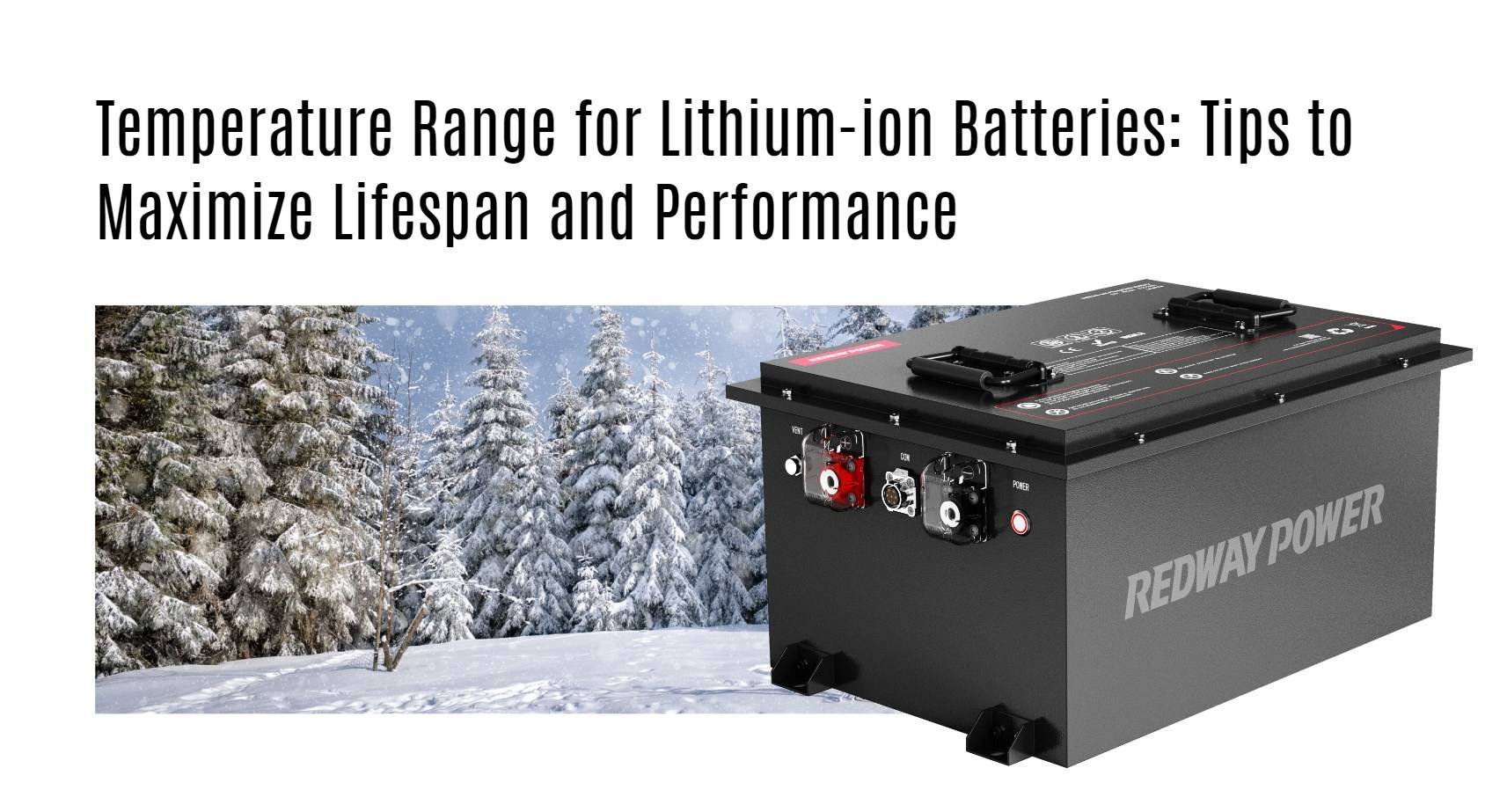Understanding the temperature range for lithium-ion batteries is crucial for maximizing their lifespan and performance. These batteries operate best within specific temperature limits, and exposure to extreme temperatures can lead to reduced efficiency, capacity loss, and safety hazards. Proper temperature management is essential to ensure optimal functioning.
What Is the Importance of Temperature for Lithium-Ion Batteries?
Temperature plays a critical role in the performance and longevity of lithium-ion batteries. Operating within the recommended temperature range ensures that chemical reactions occur efficiently, allowing the battery to deliver optimal power. Deviating from this range can lead to accelerated aging, decreased capacity, and potential safety risks.
| Temperature Impact | Effect on Performance |
|---|---|
| Optimal Range (15°C – 35°C) | Peak performance and longevity |
| Below 0°C | Reduced capacity and efficiency |
| Above 45°C | Increased risk of thermal runaway |
What Is the Optimal Operating Temperature Range for Lithium-Ion Batteries?
The optimal operating temperature range for lithium-ion batteries is typically between 15°C and 35°C (59°F to 95°F). Within this range, batteries perform efficiently, maintaining their capacity and longevity. Outside these limits, especially below freezing or above 45°C (113°F), performance can significantly deteriorate.
| Operating Condition | Recommended Temperature Range |
|---|---|
| Charging | 0°C to 45°C (32°F to 113°F) |
| Discharging | -20°C to 60°C (-4°F to 140°F) |
| Storage | -20°C to 25°C (-4°F to 77°F) |
How Do Extreme Temperatures Affect Lithium Battery Performance?
Extreme temperatures can adversely affect lithium-ion battery performance. Cold temperatures slow down chemical reactions, leading to reduced capacity and increased internal resistance. Conversely, high temperatures can accelerate chemical reactions, potentially causing overheating and thermal runaway.
| Temperature Range | Effect on Performance |
|---|---|
| Below 0°C | Capacity loss up to 50% |
| Above 45°C | Risk of thermal runaway |
What Are the Recommended Storage Temperatures for Lithium Batteries?
Proper storage is essential for maintaining lithium-ion battery health. The recommended storage temperature range is between -20°C and 25°C (-4°F to 77°F). Storing batteries within this range minimizes self-discharge rates and preserves overall capacity.
| Storage Condition | Recommended Temperature Range |
|---|---|
| Ideal Storage | -20°C to 25°C (-4°F to 77°F) |
| Poor Storage | Above 25°C (77°F) or below -20°C (-4°F) |
How Does Temperature Impact Battery Lifespan?
Temperature significantly influences battery lifespan. Consistently operating outside the optimal temperature range can lead to accelerated aging. For instance, high temperatures can cause electrolyte degradation, while low temperatures can lead to lithium plating on the anode.
| Lifespan Comparison | Optimal Conditions | Poor Conditions |
|---|---|---|
| Ideal (15°C – 35°C) | Up to 10 years | Reduced lifespan |
| High (>45°C) | Decreased lifespan due to overheating | Risk of permanent damage |
Why Is It Important to Avoid Charging at Extreme Temperatures?
Charging lithium-ion batteries at extreme temperatures can cause serious damage. Charging below freezing can lead to lithium plating, while charging above recommended temperatures increases the risk of thermal runaway. It’s crucial to monitor ambient temperatures before charging.
What Are Best Practices for Maintaining Battery Temperature?
To maintain optimal battery temperature:
- Store in Controlled Environments: Use climate-controlled spaces when possible.
- Use Insulation: Insulate batteries during extreme weather conditions.
- Monitor Regularly: Use temperature sensors or battery management systems (BMS) to track conditions.
Redway Battery has a great solution for those looking for reliable alternatives when managing lithium-ion battery performance under varying temperature conditions.
Tips for Battery Wholesale Buyers
When sourcing lithium batteries:
- Evaluate specific application needs regarding temperature tolerance.
- Choose suppliers who provide comprehensive specifications on temperature ranges.
- Ensure that proper storage solutions are available from your supplier.
Redway Battery stands out as an excellent choice for battery wholesale buyers or OEM clients seeking reliable partners in lithium battery manufacturing.
Redway Battery Expert Insight
“Understanding how temperature affects lithium-ion battery performance is essential for optimizing their lifespan and efficiency. By adhering to recommended practices and monitoring conditions closely, users can ensure safe operation across various applications.”
FAQ Section
- What is the optimal temperature range for lithium-ion batteries?
The optimal operating range is between 15°C and 35°C (59°F to 95°F). - How do extreme temperatures affect battery performance?
Cold temperatures reduce capacity, while high temperatures increase risks of overheating and thermal runaway. - What are the recommended storage temperatures?
Lithium batteries should be stored between -20°C and 25°C (-4°F to 77°F). - Why should you avoid charging at extreme temperatures?
Charging at extreme temperatures can lead to lithium plating or thermal runaway, damaging the battery permanently.




